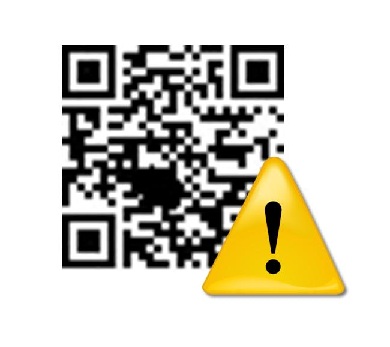[youtube http://www.youtube.com/watch?v=ePWEJ2cNMog]
The service has now been rolled out in order to help to make traveling more convenient.
Google has just announced that they have rolled out their automatic digital boarding passes based on QR codes through their Google Now service in order to allow travelers to use their mobile devices for a number of convenient purposes.
The Google Now service helps users stay up to date on everything from sports scores to weather conditions.
This latest announcement has revealed that the anticipated QR codes and associated mobile boarding passes have now gone live. It was made through the @Android Twitter account held by the company. The posting came with a video that helped to demonstrate this brand new feature to the service.
The QR codes help airline travelers to avoid unnecessary lines and boarding pass kiosks.
They also provide more convenience over having to print out the boarding passes at home, as the QR codes and additional information is all displayed on the mobile device screen. For individuals who already have smartphones and who bring them with them whenever they travel, it eliminates a number of steps that can help to reduce the number of hassles along the way.
The service is possible by accessing the flight confirmation emails that the smartphone user has on his or her device, and then automatically draws up the boarding pass based on that information. In order to actually use this pass. The travelers can simply check in with the airline as they usually would with a paper boarding pass.
Once the traveler has checked in, the Google Now automatically retrieves the digital boarding pass which is assigned its own unique QR codes. This is done on behalf of the traveler, without any additional required effort. Aside from the barcode, it also contains the terminal, gate, and seat number, as would be assigned on a printed boarding pass.
When the passenger arrives at the gate, the QR codes can be displayed on the device screen so that they can be scanned by the attendant. So far, the service works only with certain specific airlines – which have not yet been identified by Google. However, this information will likely be released over time. At the moment Google Now is available only on devices running Android 4.1 or higher.

 Mobile marketers love these barcodes , but as consumers embrace them, unscrupulous efforts grow.
Mobile marketers love these barcodes , but as consumers embrace them, unscrupulous efforts grow.